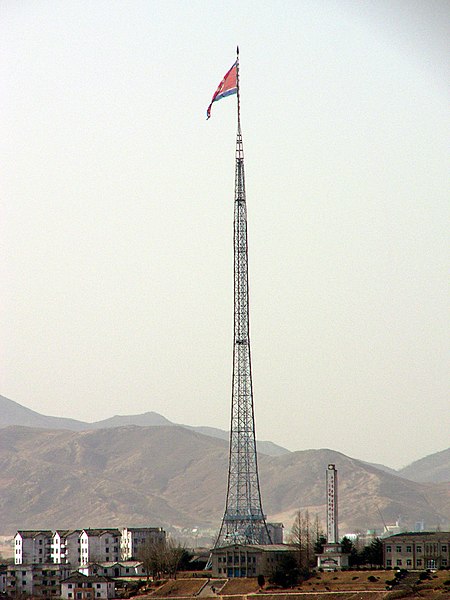The national flag of Indonesia is a simple bicolor with two horizontal bands, red (top) and white (bottom) with an overall ratio of 2:3. It was introduced and hoisted in public during the proclamation of independence on 17 August 1945 at 56 Proklamasi Street in Jakarta, and again when the Dutch formally transferred sovereignty on 27 December 1949. The design of the flag has remained unchanged since.
Hoisting of the Bendera Pusaka moment during the Proclamation of Indonesian Independence on 17 August 1945
A moment after the blue stripe of a Dutch flag was torn off to make an Indonesian flag at the Hotel Yamato (now Hotel Majapahit), Surabaya
Paskibraka personnel raising the flag of Indonesia at Independence Day every year
Flag of Indonesia placed at front of office
A national flag is a flag that represents and symbolizes a given nation. It is flown by the government of that nation, but can also be flown by its citizens. A national flag is typically designed with specific meanings for its colours and symbols, which may also be used separately from the flag as a symbol of the nation. The design of a national flag is sometimes altered after the occurrence of important historical events. The burning or destruction of a national flag is a greatly symbolic act.
Johnson's new chart of national emblems, published c. 1868. The large flags shown in the corners are the 37-star flag of the United States (flown 1867–1890), upper left; the Royal Standard of the United Kingdom, upper, right; the Russian Imperial Standard, lower left; and the French tricolore with inset Imperial Eagle, lower right. Various other flags flown by ships are shown. The Flag of Cuba is labelled "Cuban (so called)". The Chinese dragon on the
The first Italian flag brought to Florence by Francesco Saverio Altamura (1859)
A 1919 painting depicting the Brazilian flag being embroidered by a family.
The world's sixth tallest flagpole flying a 270 kg (595 lb) Flag of North Korea. It is 160 m (525 ft) in height, over Kijŏng-dong ("Peace village") near Panmunjom, the border of North Korea and South Korea.








